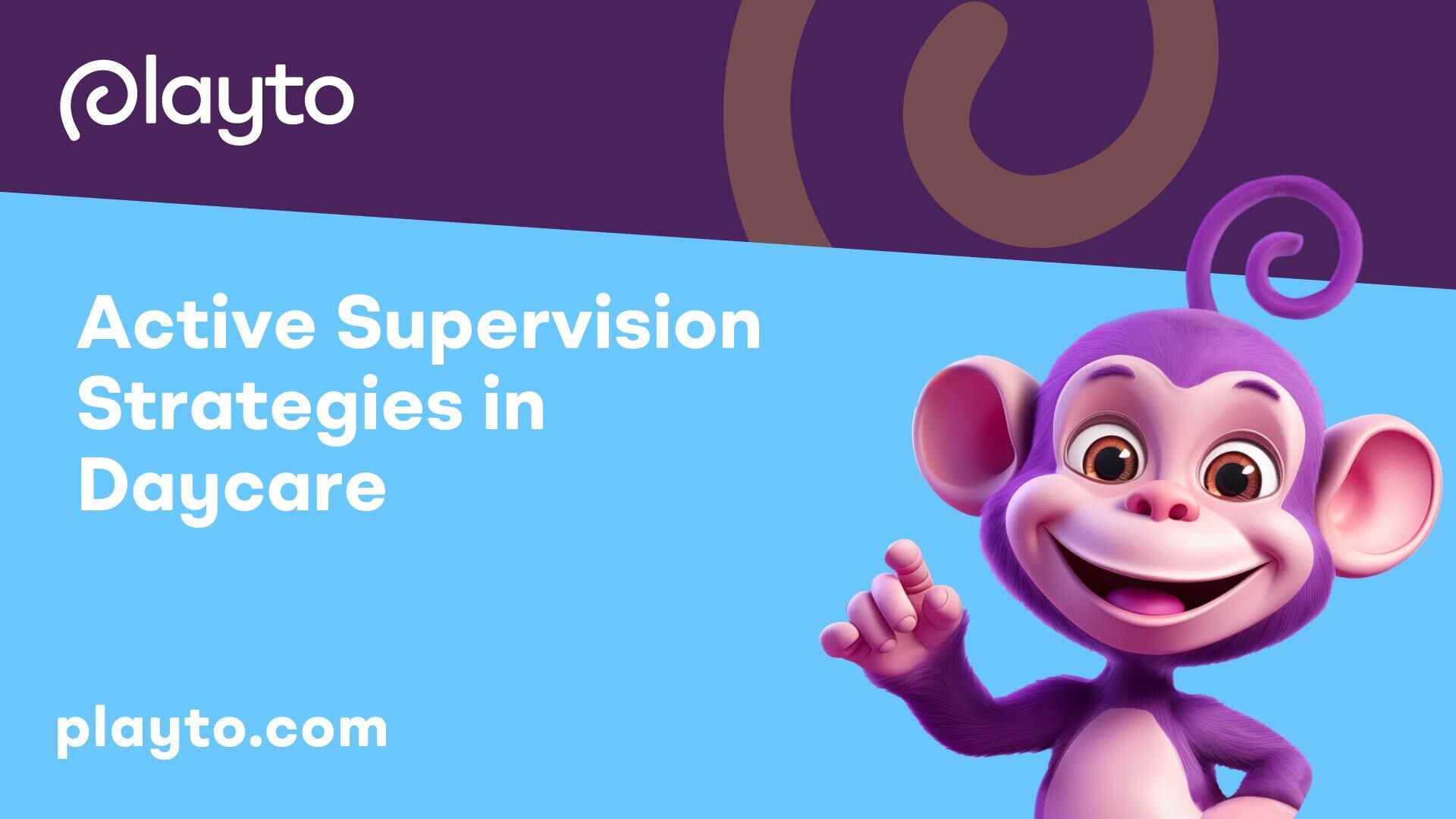
Understanding the Impact of Technology in Daycare
In the realm of daycare environments, understanding the impact of technology is crucial for fostering holistic child development. Child development organizations have provided valuable guidance and recommendations to navigate the role of technology in daycare settings while emphasizing the significance of tech-free zones.
Guidance from Child Development Organizations
The National Association for the Education of Young Children (NAEYC) and the Fred Rogers Center jointly released a position statement in 2012 titled “Technology and Interactive Media as Tools in Early Childhood Programs.” This statement offers essential guidelines for educators on selecting, integrating, and evaluating technology tools in a developmentally appropriate manner for children up to the age of 8. By following these guidelines, daycare providers can optimize the use of technology to enhance learning experiences while balancing screen time with other developmentally essential activities.
The American Academy of Pediatrics (AAP) has also weighed in on the issue, advocating for the creation of technology-free zones and designated times within daycare settings. Their guidelines, outlined in the statement “Media and Young Minds,” recommend avoiding media use during crucial times such as meals and one hour before bedtime. By incorporating these recommendations, daycare centers can promote healthy screen time habits and ensure that children engage in a diverse range of activities to support their overall development.
Educating Early Childhood Educators
To effectively implement technology-free zones and ensure a balanced approach to technology usage, educating early childhood educators is paramount. By providing comprehensive training and awareness programs, daycare centers can empower educators to make informed decisions regarding the integration of technology into their curriculum.
The U.S. Departments of Education and Health and Human Services (ED/DHHS) have emphasized the importance of evaluating technology use in daycare settings. They highlight the need to consider factors beyond screen time, such as the quality of content, the context in which technology is used, and how it can enhance interactions and relationships with young children.
Furthermore, guidelines from the World Health Organization recommend limiting screen time for preschoolers to 1-2 hours per day, with no exposure for children under 18 months. However, studies indicate that prior to the pandemic, a significant portion of children did not meet these recommendations, underscoring the importance of implementing strategies like technology-free zones to regulate screen time effectively.
By adhering to the guidance provided by child development organizations and implementing tech-free zones in daycare centers, educators can create an environment that prioritizes holistic child development and fosters a healthy balance between technology use and other essential activities.

Active Supervision Strategies in Daycare
In daycare settings, active supervision is paramount to ensuring the safety and well-being of all children under care. By maintaining a high level of awareness and engagement, childcare providers can create a secure environment that promotes learning and exploration. Let's explore the importance of active supervision and the essential techniques that support effective supervision practices.
Importance of Active Supervision
Active supervision is not only a regulatory requirement but a fundamental aspect of quality childcare. Childcare providers must continuously monitor and interact with children to prevent accidents, observe their behavior, and respond promptly to their needs. Regular scanning and counting of all children every 10-15 minutes is a common practice to ensure that all children are present and safe, especially during transitions [1].
Maintaining active supervision helps in preventing conflicts, ensuring inclusive play, promoting positive social interactions, and fostering a supportive learning environment. By actively engaging with children and being attuned to their needs, childcare providers can build trust, enhance communication, and support children's development in various areas.
Essential Techniques for Supervision
Childcare providers can employ several essential techniques for effective active supervision. Utilizing strategies such as setting up the environment, positioning staff effectively, scanning and counting children, listening to them, anticipating their behavior, and engaging and redirecting them as needed are key components of active supervision practices.
Creating a safe and structured environment is crucial for effective supervision. Ensuring clear sightlines, removing potential hazards, and organizing spaces to facilitate easy monitoring of children's activities are essential steps. Proper staff positioning, with adequate coverage of play areas, enables providers to supervise all children effectively and intervene promptly when necessary.
Listening to children's conversations and interactions allows caregivers to understand their needs, interests, and concerns. Anticipating children's behavior based on their previous actions and providing appropriate guidance helps in preventing accidents and addressing challenges proactively. Engaging children in stimulating activities, redirecting undesirable behaviors, and fostering positive social interactions contribute to a nurturing and supportive daycare environment.
In outdoor play areas, active supervision is critical to ensuring children's safety and well-being. Establishing clear rules, maintaining a hazard-free environment, providing simple and age-appropriate equipment, and supervising transitions between activities are essential strategies for preventing injuries and fostering a positive play experience.
By implementing these essential techniques for active supervision, daycare providers can create a secure and enriching environment that promotes children's growth, learning, and development while ensuring their safety and well-being.

Promoting Energy Conservation in Daycare Centers
Efforts to promote environmental sustainability in daycare have become increasingly important, especially in energy consumption. Daycare facilities, often operating for extended hours and catering to numerous children, use substantial energy for lighting, heating, cooling, and other operational needs. It is crucial for daycare centers to implement energy-efficient practices to reduce their environmental impact while ensuring a comfortable and safe environment for children and staff.
Environmental Sustainability in Daycare
Daycare centers play a significant role in advocating environmental sustainability by reducing their energy consumption. By implementing energy-efficient strategies, daycare facilities can minimize their carbon footprint and contribute to a greener future. Encouraging energy conservation not only benefits the environment but also helps in reducing operational costs, freeing up resources for other essential programs and activities.
Energy-Efficient Practices
Implementing energy-efficient HVAC system management is paramount in reducing energy consumption in daycare centers. Strategies such as installing programmable thermostats and employing zone-based heating and cooling help regulate temperatures effectively while minimizing energy waste [2].
Here is a comparison table to highlight the benefits of using Energy Star appliances in daycare centers:
Appliance TypeEnergy Star Model BenefitsLightingLED bulbs have lower energy consumption and longer lifespan.HVAC SystemsEnergy Star units are more efficient, reducing electricity usage.ComputersEnergy-efficient computers consume less power without compromising speed.Electronic DevicesEnergy Star devices save energy during operation and standby modes.
Opting for appliances with the Energy Star label ensures higher energy efficiency, as these devices meet strict energy efficiency guidelines and consume significantly less energy than standard models. By choosing Energy Star-certified appliances, daycare centers can effectively reduce their energy consumption and cut down on costs [2].
Additionally, simple yet effective practices like turning off equipment at the end of the day, such as lights, computers, monitors, and non-essential electronic devices, can contribute to substantial energy conservation in daycare centers. Conserving energy in daycare settings not only aligns with environmental goals but also sets a positive example for children on the importance of sustainability and resource conservation in their daily lives.
Screen Time and Play Balance in Daycare
In the digital age, striking a balance between screen time and play is crucial in daycare settings to promote healthy development among children. Establishing clear screen time guidelines and fostering engaging alternatives are essential components in creating enriching environments for young learners.
Setting Screen Time Guidelines
Guidelines from the World Health Organization recommend limiting preschoolers' screen time to 1-2 hours daily, with no exposure for children under 18 months [3]. Unfortunately, prior to the global health crisis, only about a quarter of children younger than 2 and a third of children between 2 and 5 met these international guidelines.
To address these concerns, Little Scholars NYC underscores the importance of setting limits on screen time for children. For youngsters aged 2-5 years, one hour of screen time per day is recommended. Moreover, consistent limits for older children and adolescents are crucial, as excessive exposure to screens can have adverse effects on physical activity and social interaction.
By establishing and adhering to these guidelines, daycare providers can create a healthy balance between technology use and other forms of play, ensuring that children are not overly reliant on screens for entertainment and learning. Limiting screen time paves the way for a more engaging and interactive environment that promotes social interaction, physical activity, and creative play.
Fostering Engaging Alternatives
While technology can have educational benefits, it is essential to provide children with engaging alternatives to screen time to foster holistic development. Daycare settings should emphasize a variety of activities such as storytime, arts and crafts, outdoor play, and group games to stimulate cognitive, physical, and social skills.
According to Principles, technology can be a tool for children to create their own content, share experiences, and access diverse and culturally relevant materials. However, the NCBI highlights that children under five years old learn best through live interactions with family members and caregivers. Therefore, a mindful approach to screen time is encouraged, prioritizing activities like talking, playing, and reading over excessive use of screens.
Encouraging hands-on learning experiences that promote exploration and creativity not only reduces children's screen time but also nurtures their social skills and imagination. By offering a rich array of sensory experiences and interactive play opportunities, daycares can guide children towards more stimulating and developmentally beneficial alternatives to excessive screen time, enhancing their overall well-being and growth.
Integrating Nature Play in Daycare
Incorporating nature play into daycare environments can have a profound impact on children's development and well-being. From exploring natural surroundings to engaging with outdoor elements, nature play offers a range of benefits that contribute to a holistic learning experience. Let's delve into the advantages of nature play and strategies to overcome barriers to its implementation in daycare centers.
Benefits of Nature Play
Engaging in nature play provides children with valuable opportunities to interact with the natural world and foster a sense of connection to the environment. According to the National Center for Biotechnology Information, nature play involves outdoor activities that allow children to interact with elements such as water, mud, rocks, hills, forests, and natural parts like sticks, pinecones, leaves, and grass. Some key benefits of nature play include:
- Physical Health: Outdoor play encourages physical activity, promoting gross motor skills development and overall fitness.
- Cognitive Development: Exploring natural environments stimulates curiosity, creativity, and problem-solving skills.
- Emotional Well-being: Nature play can reduce stress, improve mood, and enhance emotional resilience.
- Social Interaction: Collaborative play in natural settings fosters teamwork, communication, and cooperation among children.
By creating nature-rich outdoor play spaces with real grass, dirt, vegetation, and climbing elements, daycare centers can offer children diverse and stimulating environments that promote engagement and interaction with the natural world.
Overcoming Barriers to Nature Play
While the benefits of nature play are undeniable, incorporating these experiences into daycare settings may present challenges. Some common barriers and strategies to overcome them include:
- Safety Concerns: Address safety considerations by implementing appropriate supervision protocols, identifying and mitigating potential hazards, and establishing clear boundaries within outdoor play areas.
- Space Limitations: Utilize creative design solutions to maximize outdoor play spaces, such as vertical gardens, natural play structures, and flexible seating arrangements.
- Educator Training: Provide staff with professional development opportunities focused on nature-based education, outdoor risk management, and the benefits of nature play to enhance their understanding and support of these initiatives.
- Parental Engagement: Foster collaboration with parents by involving them in nature play activities, organizing family nature outings, and sharing resources on the importance of outdoor play for child development.
By actively addressing these barriers and implementing nature play initiatives, daycare centers can create enriching and inclusive environments that support children's exploration, discovery, and appreciation of the natural world. For more tips on promoting engaging play experiences in daycare, explore our article on encouraging collaborative play in daycare.
References
[1]: https://mybrightwheel.com/blog/active-supervision
[2]: https://www.childcarerenovation.com/daycare-energy-saving-hacks/
[3]: https://www.ncbi.nlm.nih.gov/pmc/articles/PMC10409691/
[4]: https://www.ncbi.nlm.nih.gov/pmc/articles/PMC10246796/
